Search
Summary
Loading AI-generated summary based on World History Encyclopedia articles ...
Search Results
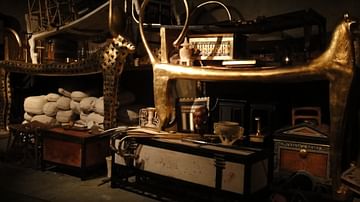
Article
Grave Goods in Ancient Egypt
The concept of the afterlife changed in different eras of Egypt's very long history, but for the most part, it was imagined as a paradise where one lived eternally. To the Egyptians, their country was the most perfect place which had been...
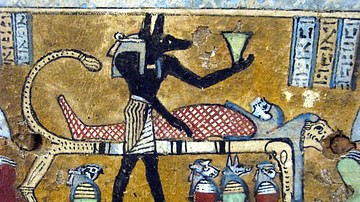
Image Gallery
A Gallery of Ancient Egyptian Tombs, Coffins, and Grave Goods
Ancient Egyptian burial practices were observed as early as the Predynastic Period in Egypt (c. 6000 to c. 3150 BCE) and continued through the Ptolemaic Dynasty (323-30 BCE), serving to not only provide the living with closure in saying goodbye...

Article
Trade Goods of the East India Company
The English East India Company (EIC) was founded in 1600, and it came to control both trade and territories in India, as well as a trade monopoly with China. Goods the EIC traded included spices, cotton cloth, tea, and opium, all in such...
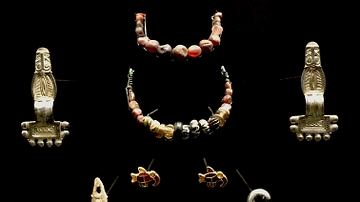
Image
Rich Alemanni Grave Goods
This collection of rich Alemanni grave goods dates from c. 550 CE, and it was found on Bäckerstrasse in what is present-day Zurich, Switzerland. Of particular note are the bird-shaped brooches made of gold with almadine (gemstone) inlay...
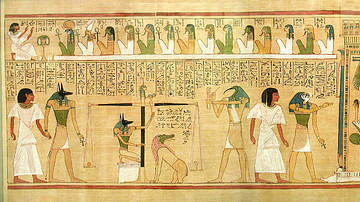
Definition
Burial
Burial of the dead is the act of placing the corpse of a deceased person in a tomb constructed for that purpose or in a grave dug into the earth. Archaeological excavations have revealed Neanderthal graves dating back 130,000 years, marking...

Article
Women in the Viking Age
Although women in the Viking Age (c. 790-1100 CE) lived in a male-dominated society, far from being powerless, they ran farms and households, were responsible for textile production, moved away from Scandinavia to help settle Viking territories...

Article
Trade in Medieval Europe
Trade and commerce in the medieval world developed to such an extent that even relatively small communities had access to weekly markets and, perhaps a day's travel away, larger but less frequent fairs, where the full range of consumer goods...
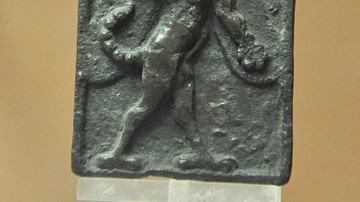
Article
Ghosts in Ancient Mesopotamia
Ghosts in ancient Mesopotamia were understood as a reality of life just as they were in other civilizations of antiquity. Although the cultures of the various Mesopotamian civilizations differed between c. 5000 BCE-651 CE, the belief in ghosts...
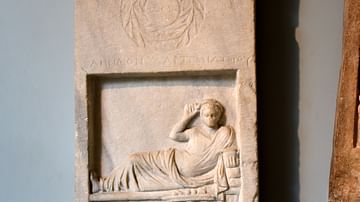
Article
Curses & Fines on Epitaphs
The concept of a curse laid on a tomb or gravesite is best known from ancient Egypt but the practice was quite common in other civilizations of antiquity. The tomb or grave was the eternal home of the physical remains of the deceased to which...

Image
French Soldiers Inspect Goods in Leipzig
French soldiers inspect goods in Leipzig in 1806, near the start of Napoleon's Continental System. By Gottfried Heinrich Geißler, 1824.